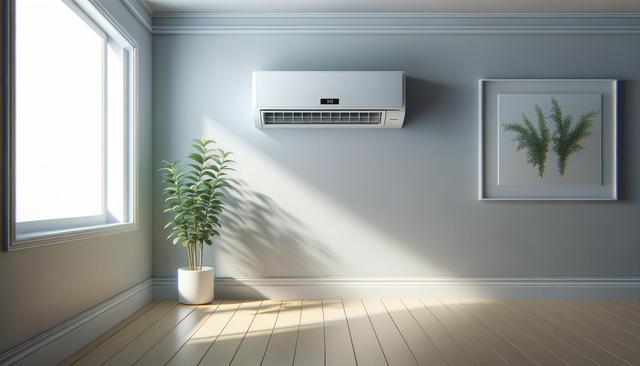Understanding Ductless Air Conditioners
Ductless air conditioners, also known as mini-split systems, are a convenient and efficient solution for cooling your home. Unlike traditional HVAC systems that rely on a network of ducts, ductless systems are composed of an outdoor unit connected to one or more indoor units via refrigerant lines. This setup allows for targeted cooling in specific areas of your house without the need for extensive ductwork. The absence of ducts not only simplifies installation but also enhances energy efficiency by reducing potential energy loss through leaks or poorly insulated ducts.
The Flexibility of Installations
One of the significant advantages of ductless air conditioners is their flexibility in installation. These systems can be installed in various configurations, accommodating homes with unique layouts or historical buildings where adding ductwork is impractical. Indoor units can be mounted on walls, ceilings, or even floors, depending on your preference and space constraints. This flexibility makes ductless systems an ideal choice for home renovations, room additions, or even cooling individual rooms that are not adequately served by central air conditioning.
Maximizing Energy Efficiency
Energy efficiency is a key factor driving the popularity of ductless air conditioners. These systems are designed to deliver cooling only to the spaces that need it, optimizing energy use and minimizing waste. Moreover, many ductless systems come equipped with advanced features such as inverter technology, which adjusts the compressor speed to maintain the desired temperature without frequent cycling. This not only enhances comfort but also reduces energy consumption. Additionally, by eliminating the need for ducts, these systems prevent energy losses associated with leaks and poor insulation, further contributing to their efficiency.
Enhancing Comfort with Zoning
Ductless air conditioners offer the unique advantage of zoning, allowing you to customize the climate in different areas of your home. Each indoor unit operates independently, meaning you can set different temperatures for different rooms or zones. This is particularly beneficial in households with varying comfort preferences among family members. Zoning not only enhances comfort but also leads to energy savings, as you can focus cooling efforts on occupied areas without wasting energy on unoccupied spaces. This tailored approach to cooling is one of the factors that make ductless systems highly regarded in modern homes.
Streamlined and Hassle-Free Installation
Installation of ductless air conditioners is generally quicker and less invasive compared to traditional systems. Since there is no need to install ductwork, the process involves mounting the indoor units, positioning the outdoor unit, and connecting them via refrigerant lines. This simplicity translates to lower labor costs and faster setup times. Additionally, the non-invasive nature of the installation makes it a suitable option for preserving the aesthetics of your home, especially in structures where maintaining historical integrity is crucial.
Conclusion: The Smart Choice for Modern Homes
In summary, ductless air conditioners present a compelling option for homeowners seeking efficient, flexible, and easy-to-install cooling solutions. Their ability to provide tailored comfort, enhance energy efficiency, and simplify installation makes them a smart investment for modern homes. Whether you’re upgrading your existing system or designing a new space, considering a ductless air conditioner can offer the comfort and savings you desire.
